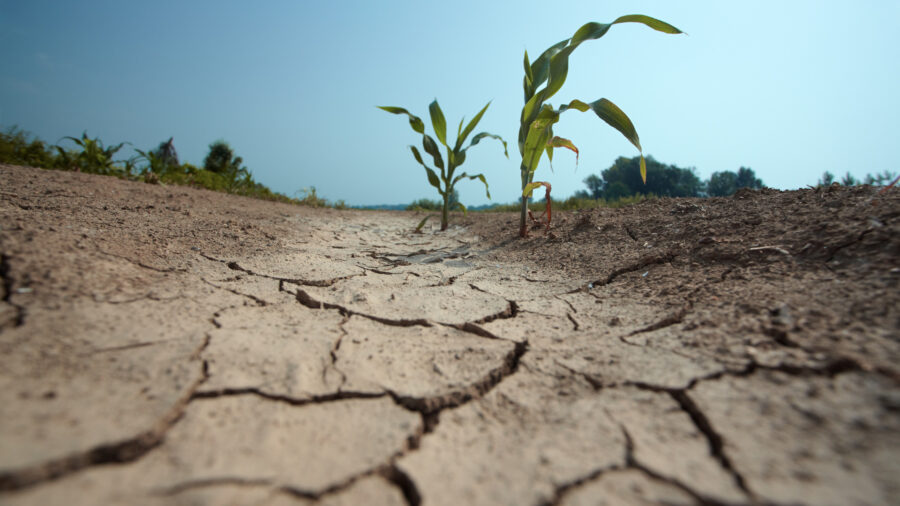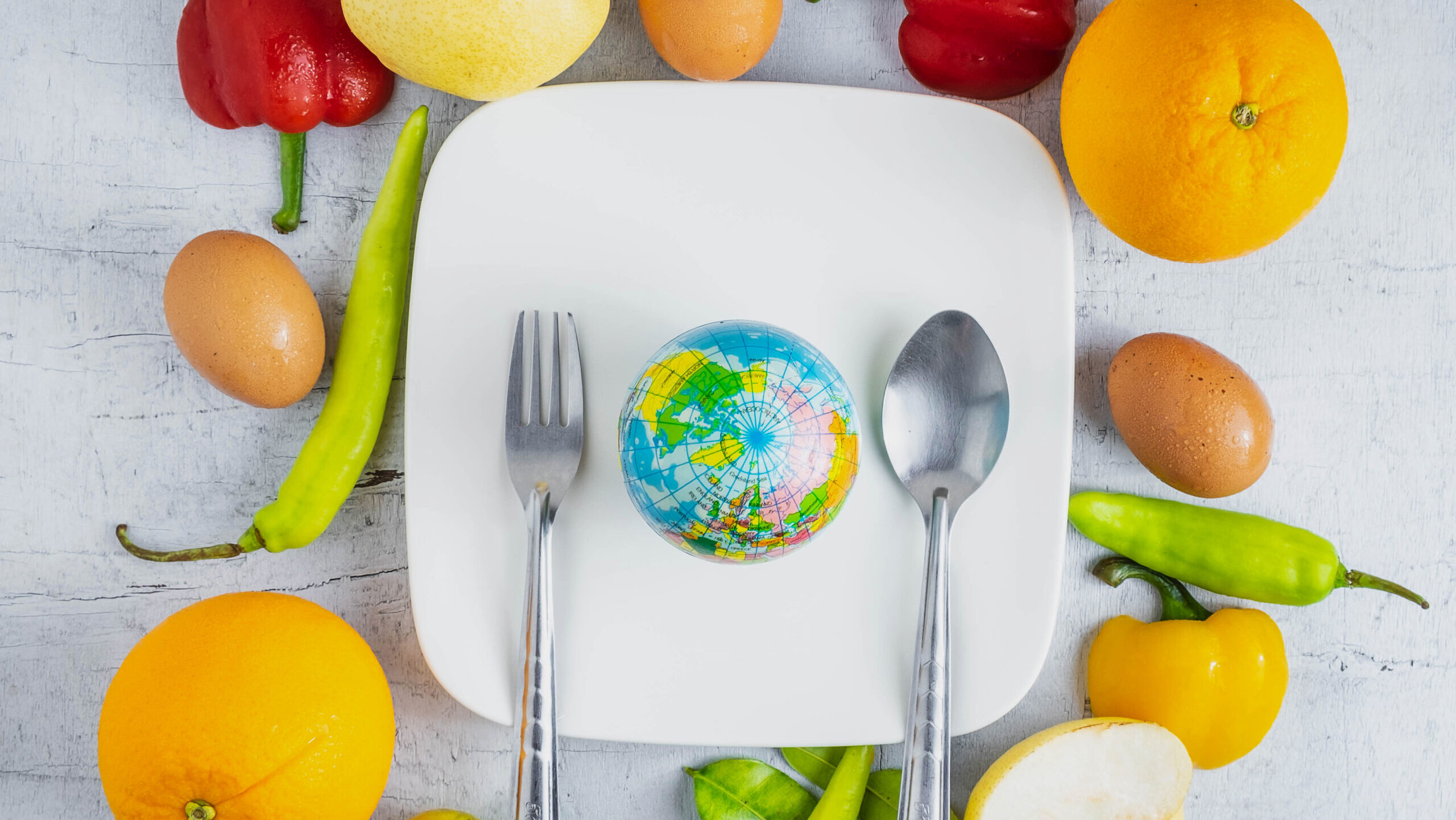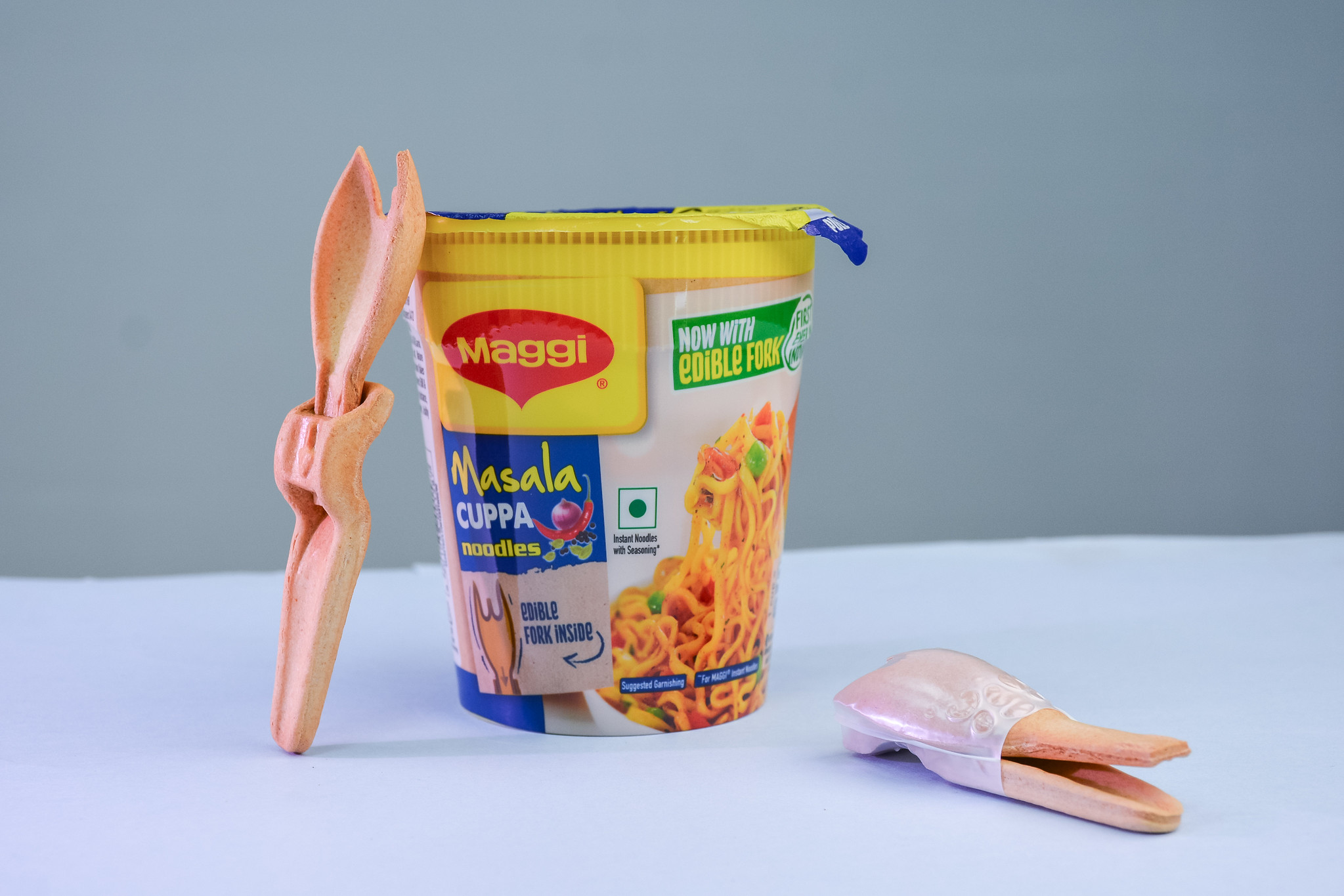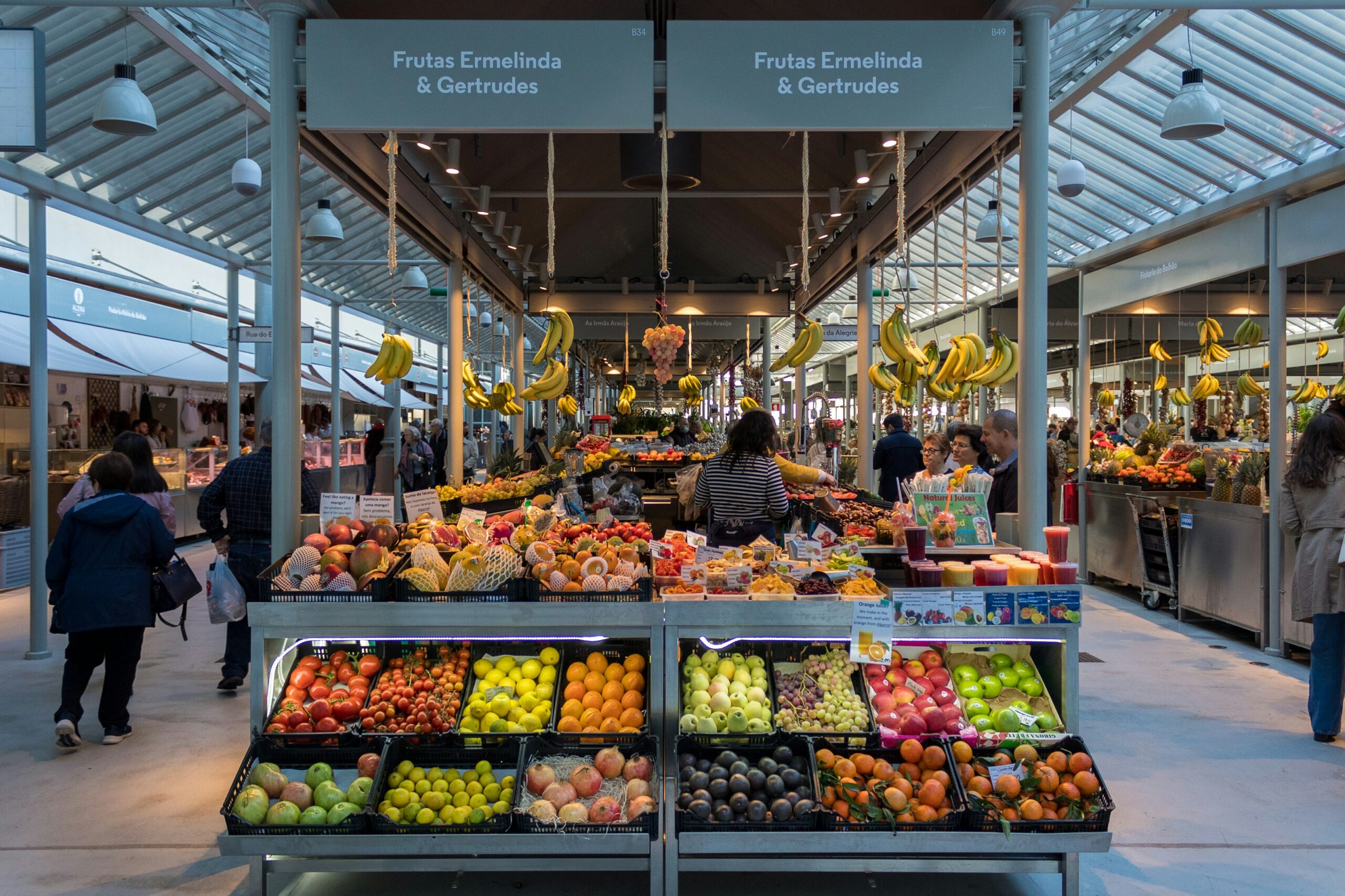The frequency and intensity of severe weather-related events has accelerated since the 1980s. Devastating floods, wildfires, heat waves, cyclones and tornadoes impact everything from infrastructure to the cost of goods and services.
Historically, the U.S. averages seven extreme weather events per year that cause damage costing billions of dollars. As of October 11, the U.S. has experienced a total of 15 billion-dollar weather and climate disasters this year, according to Climate Central.
That makes 2022 the eighth consecutive year with 10 or more billion-dollar weather and climate-related disasters.
The scope of the cost of these natural disasters includes damage to crops. When disaster strikes, it can take weeks, months or even years to recover from issues like limited access to food and water supplies – an issue detailed in depth in the latest report produced by SIAL in conjunction with The Food Institute (to access the full report, click here).
Impact on Agriculture, Fisheries
Drought and heat waves have wide-ranging impacts on the agriculture industry and are especially impactful on the quality and cost of cattle feedstock.
As seen earlier this year, some ranchers in states hit hardest by severe drought have sold and even slaughtered their livestock early due to the strain of drought conditions on resources. Though warmer temperatures can be somewhat beneficial to crop growth, excessive heatwaves, floods and drought may reduce yields overall, as noted by climatechange.chicago.gov.
Additionally, fisheries are now becoming susceptible to shifts in the lifecycles of fish and the introduction of invasive species that prefer warmer waters.
Adam Smith, climatologist for the National Centers for Environmental Information (NCEI), stated that “during the first nine months of this year, the drought and heatwave impacts combined have cost more than $9 billion for many west and central states. This will continue to climb.”
The problem isn’t going away anytime soon. Producers will have to create contingency plans to work around these events in the future.
Winter Outlook
Many winter fruits and vegetables grown in the U.S. from November to April come from Arizona, California, Florida and Texas. Imported fruits and vegetables, like avocados, typically come from Mexico during the winter. Other countries in Central and South America export produce to the U.S. from November to April as it’s peak growing season in the Southern Hemisphere.
The National Oceanic and Atmospheric Administration (NOAA) released its winter outlook and forecasts favor a La Niña pattern this winter. That means we can expect drier than normal conditions from the Desert Southwest to the Gulf Coast to the Southeast Coast.
As of December 1, the U.S. Drought Monitor reported that nearly two thirds of the country was experiencing drought conditions. That area is expected to grow somewhat, too, as the drought is likely to expand across the Lower Mississippi Valley and the Gulf States through the winter, due to below average precipitation.
On a global scale, the World Meteorological Organization (WMO) reported that drier than normal conditions are also expected across parts of South America, Africa, Europe, and Asia.
Sustainability and Consumers
According to Morning Consult, consumers are generally aware of the concept of sustainability but don’t always understand it completely. Most consumers are concerned about the changing climate but don’t think that they will personally be impacted by it.
From 2019 to 2020, the number of new companies focused on ESG (environmental, social, and governance) standards more than doubled, Bain & Company recently reported. More than 70% of consumers are willing to pay a reasonable premium (approximately 10%-25%) for sustainability. As customers become more aware of environmental issues, their interest in purpose-led brands will likely increase.
But how do retailers and suppliers meet this demand? According to Bain & Company, they can build sustainable supply chains, for starters. A key challenge to overcome, however, is maintaining commitment to sustainability once a company reaches significant scale.
Food Institute Digital Content Producer/Reporter Brittany Borer graduated from the University of North Carolina at Charlotte with a Bachelor of Science degree in meteorology.












